Popular Tips
YOU MIGHT BE INTERESTED IN
7 Steps to Correctly Adjust the Driver Seat in Your Car
by IndianAuto Team |
15/08/2020
Do you know that improper posture when driving will lead to chronic backache? Read the article to learn how to adjust the driver seat in your car.
- Tag:
- car tips










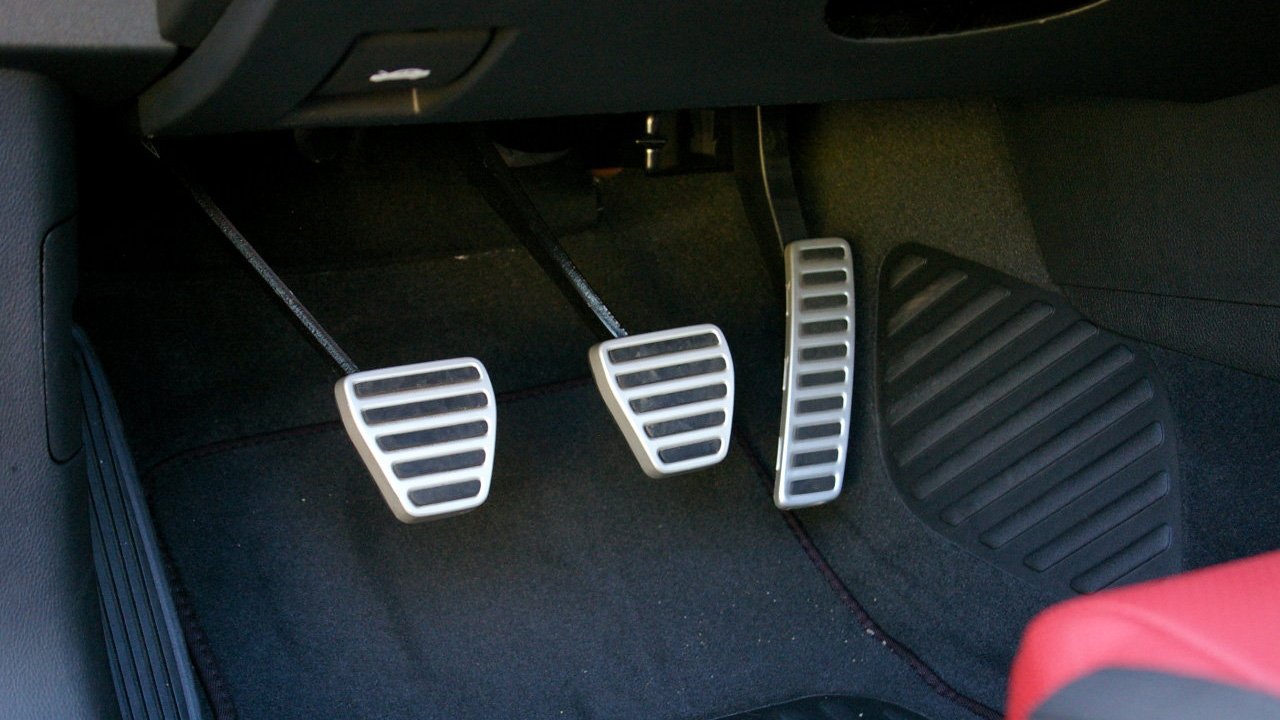
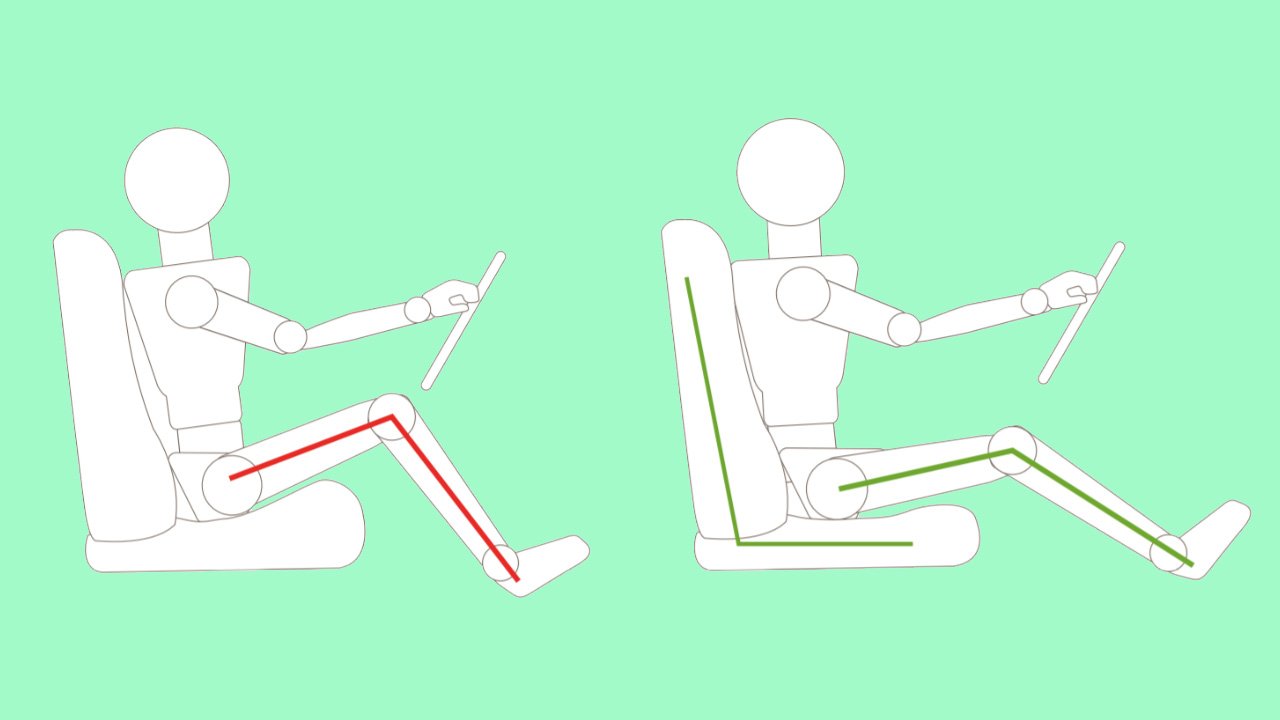
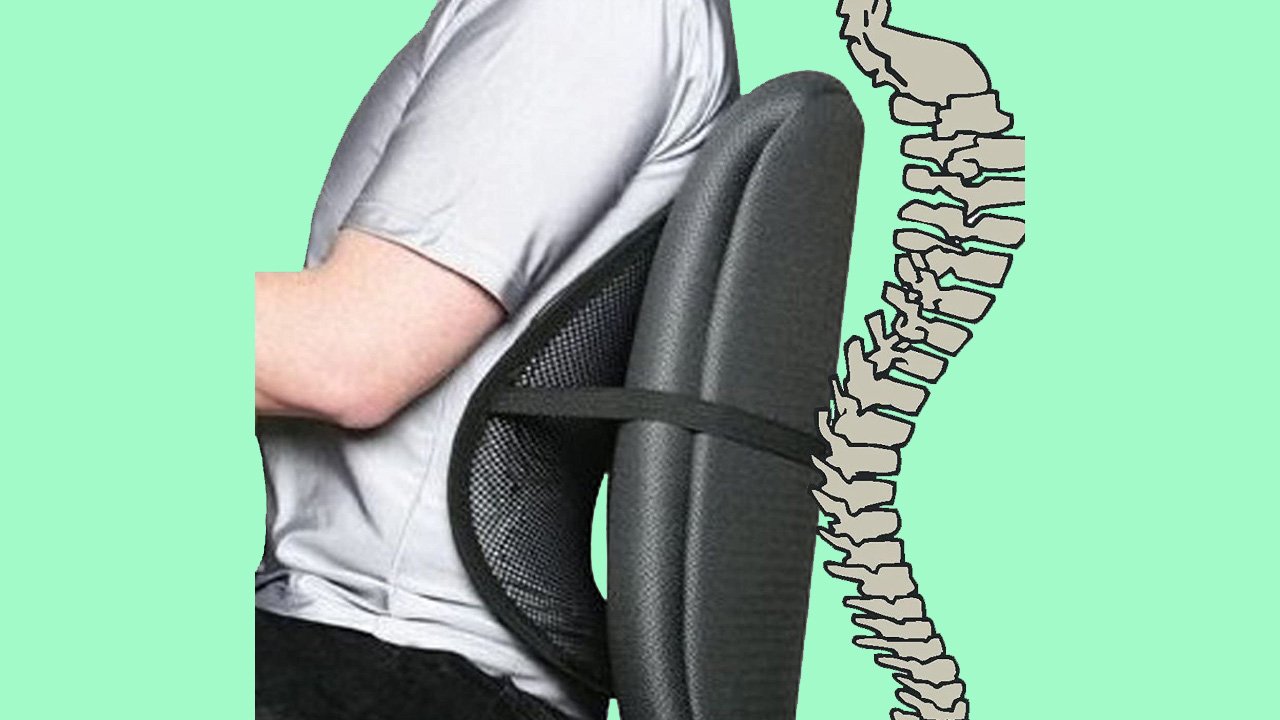
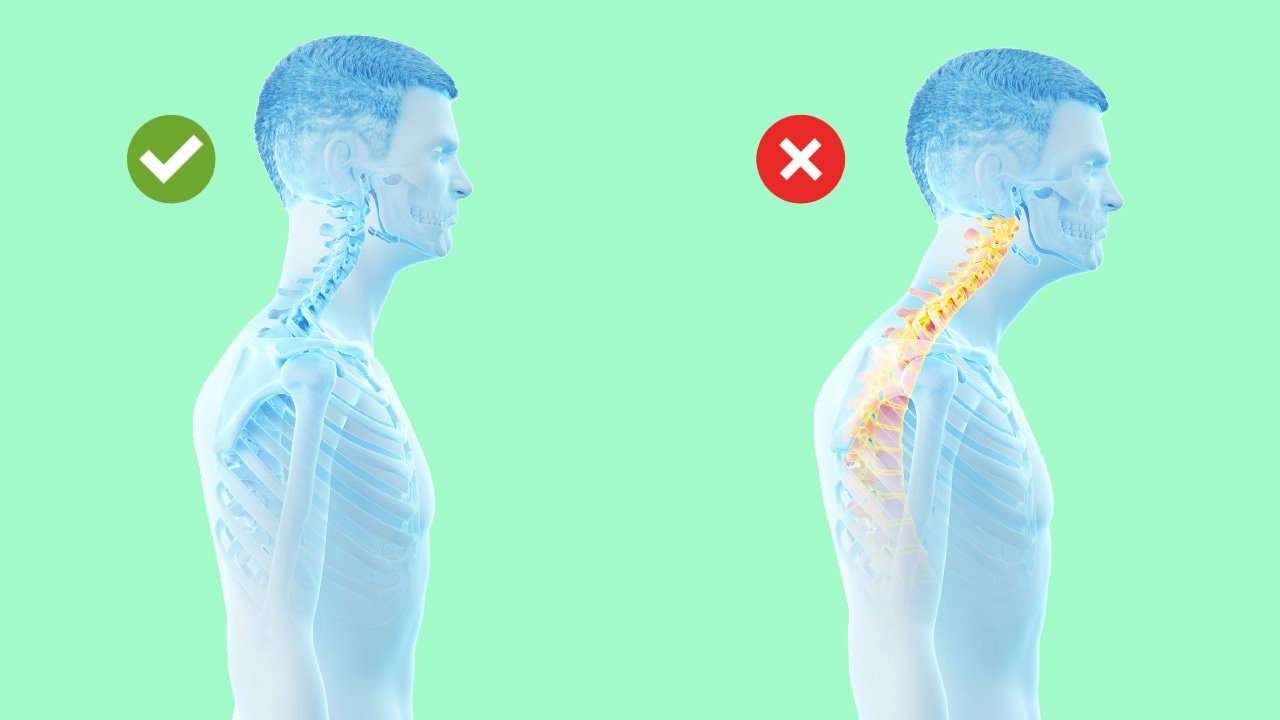
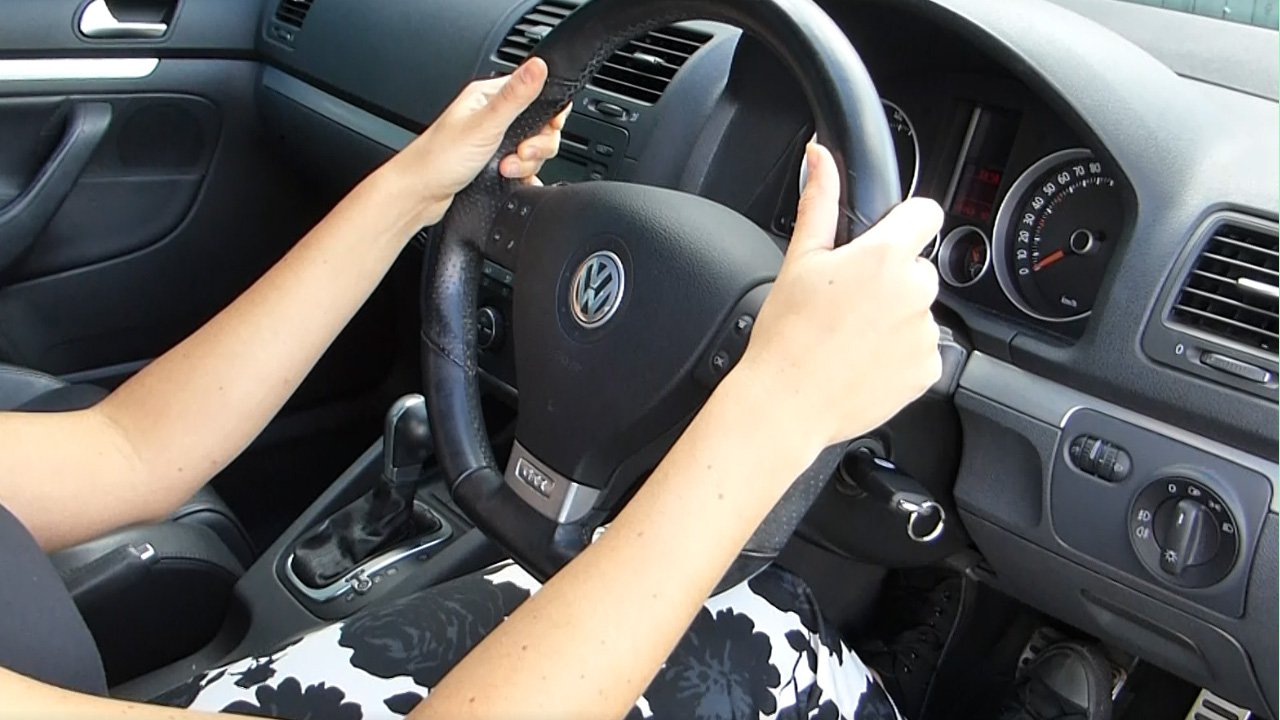
 Follow us on google news
Follow us on google news
